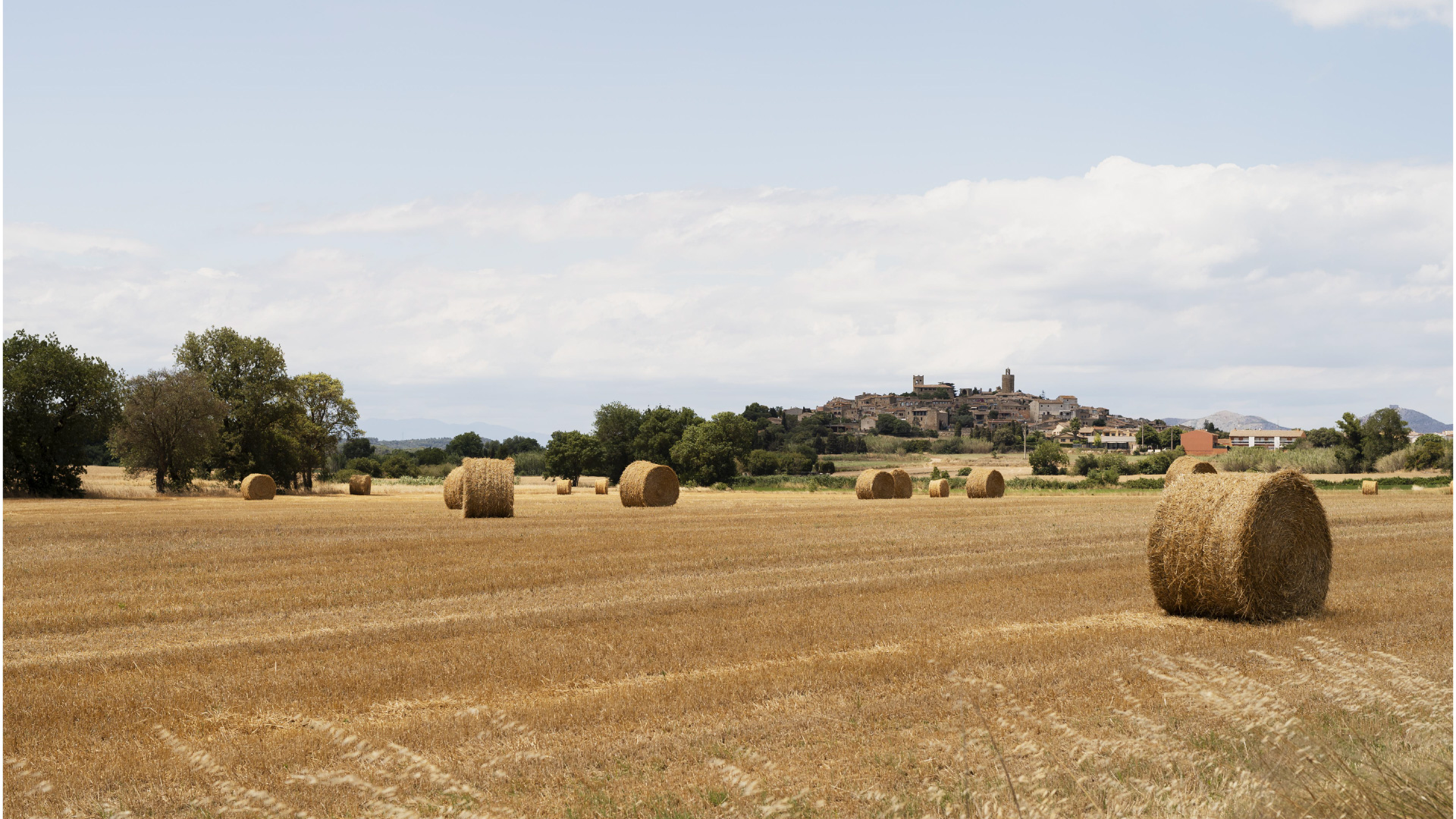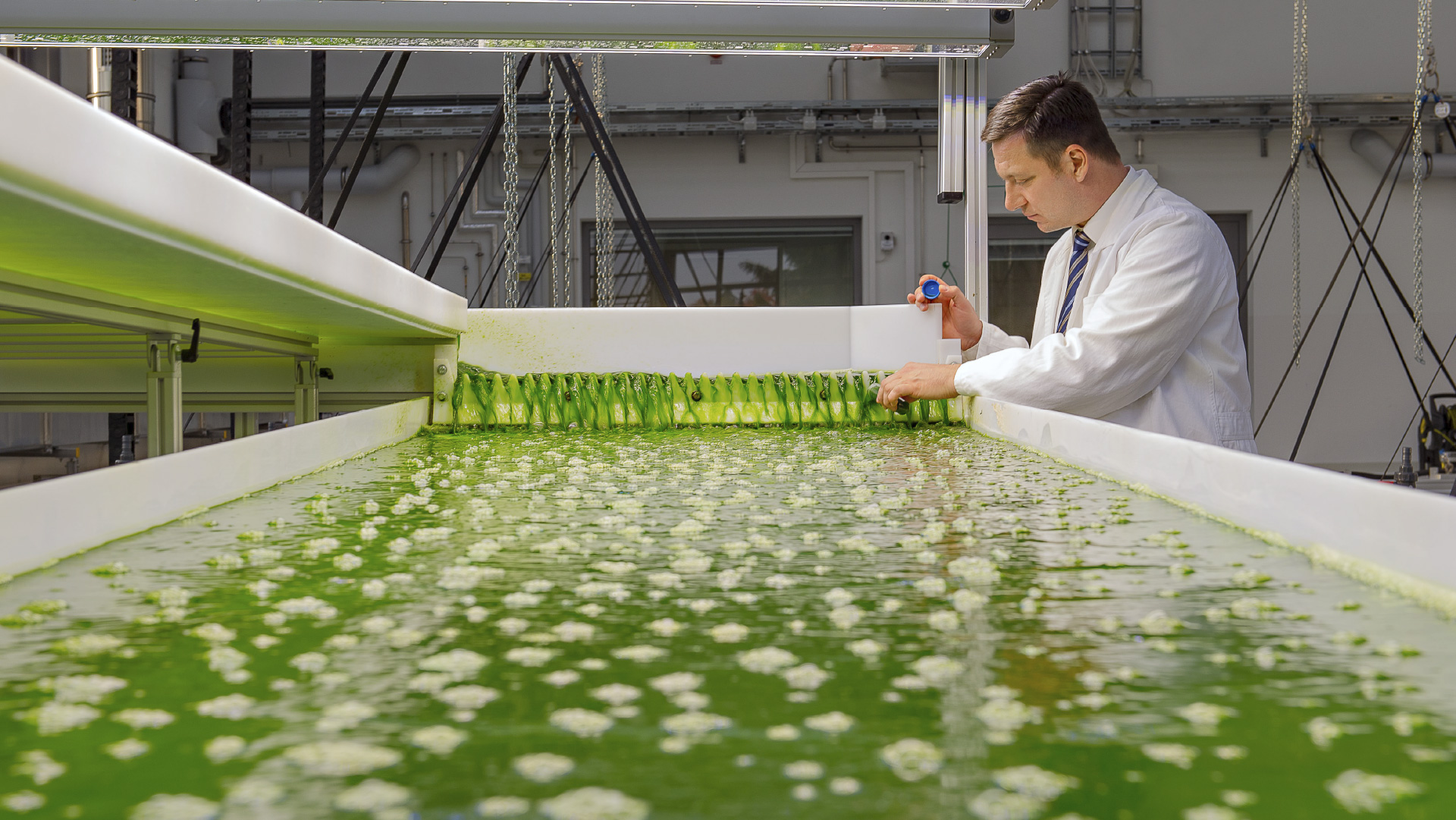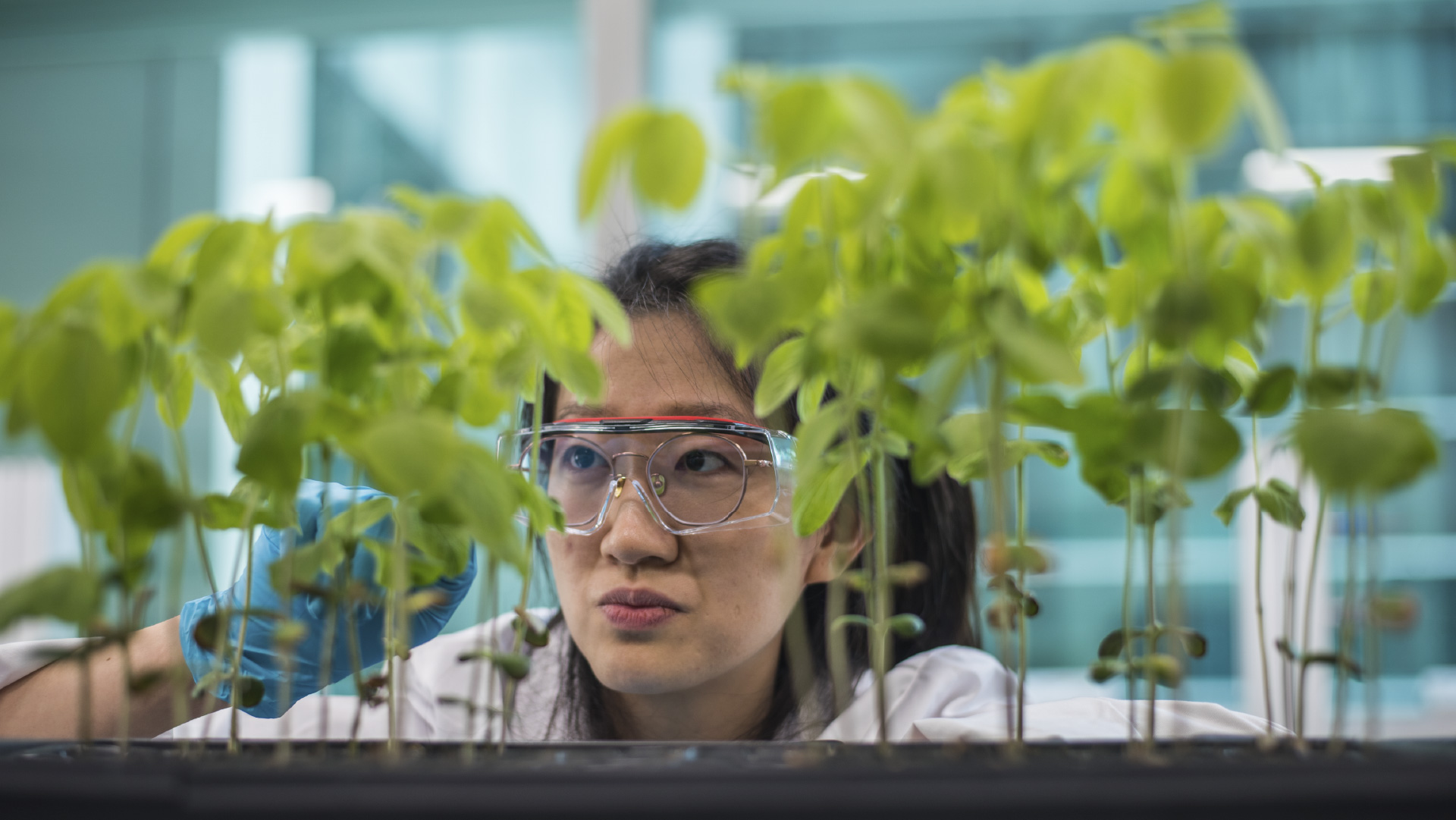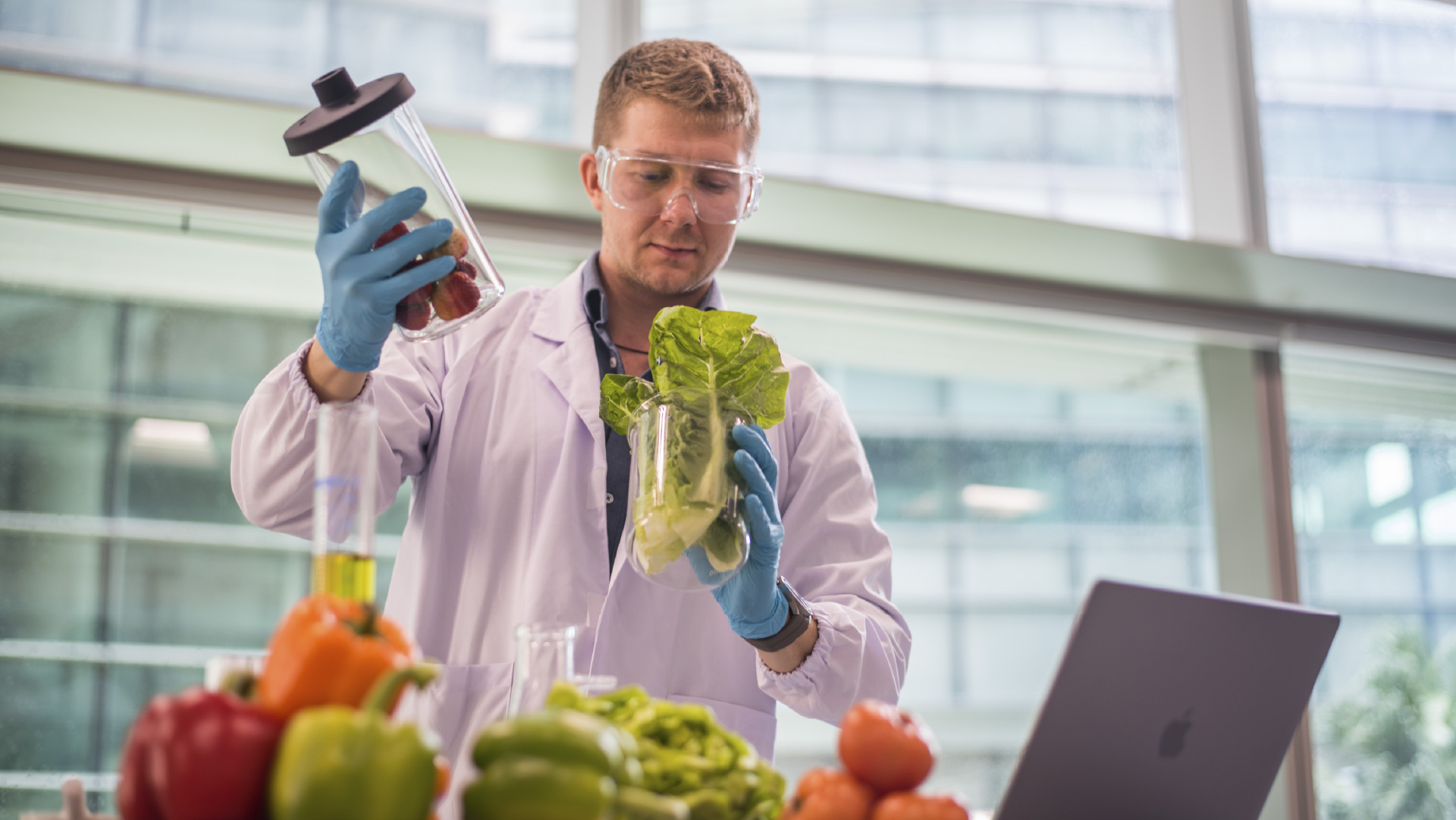The global food shortage: feeding our future
 8 billion. The magic number of people who relies on food for sustenance every day.
8 billion. The magic number of people who relies on food for sustenance every day.
As the global population scales precariously and is projected to reach 10 billion by 2050, the world is struggling to keep up with the increasing demand.
It is estimated that food production from animals and plants needs to be increased by 70 per cent to feed the rising population of this magnitude [1]
Even as farmers, governments and scientists scramble to feed the world’s population amid rising geopolitical tensions in key breadbasket regions and increasing severity of climate change causing further disruption to key food industries[2], 828 million go to bed hungry.
Away from the precipice: sustaining food security
 Photo Credit: TUM
Photo Credit: TUM
Increasing population, climate change, rising geopolitical tensions and other cascading effects are driving food security to the precipice – and to what could potentially be the worst food crisis that generations ever face. Underpinned by four major pillars of food security: availability, access, utilisation, and stability, food security can only be effectively strengthened and sustained when all people have physical, social and economic access to sufficient, safe and nutritious food that meets their dietary needs and food preferences for an active and healthy lifestyle. [3]
Driving a revolutionary change across all key pillars of our global food system
 Photo Credit: TUMCREATE
Photo Credit: TUMCREATE
Sustainable food encompasses more than just producing food. It goes bone deep into the environment, economics, human health and nutrition and other related dimensions. The sheer complexity of the food system means that every slight divergence causes a rippling effect across the entire food ecosystem, which cannot be managed effectively by the fragmented architecture governing the different aspects of our food system today.
No easy way: Rocking the food boat
To address the cascading challenges in the global food system, a complete overhaul is needed at every key pillar of the entire food value chain – production through processing and packing to preparation. The mammoth task requires more than just lone efforts at grassroots level but also joint efforts working in concert at the leadership level to step ahead of the evolving landscape in creating an ecosystem ideal for sustainable food system to thrive.

Photo Credit: TUMCREATE
The Master of Science in Sustainable Food conferred by TUM aims at confronting prevailing values and practices of our current global food system to drive constructive and sustainable changes across the key pillars of the food system. From production through processing, packing to preparation, from consumption to improving human’s health and nutrition, we are empowering future talents to come to the fore and develop effective solutions to address the myriad of challenges threatening our food security.

